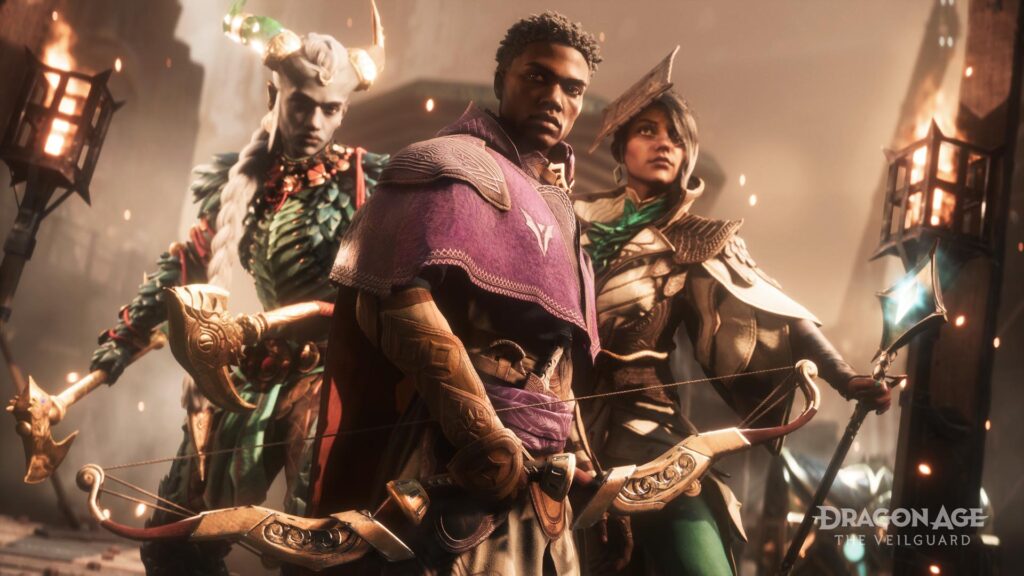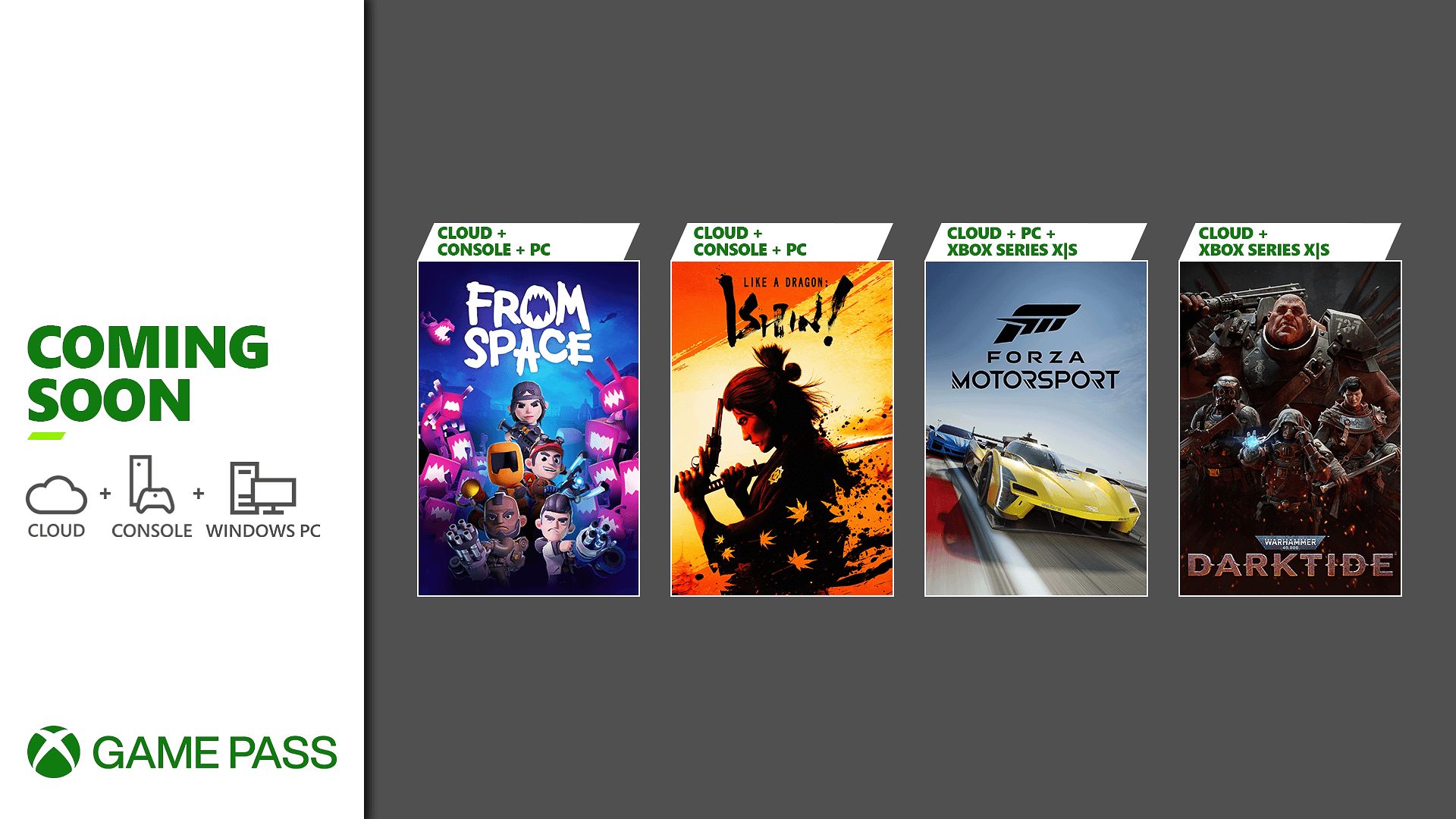We’ve Seen How Dragon Age: The Veilguard Looks – Here’s How It Plays
The post We’ve Seen How Dragon Age: The Veilguard Looks – Here’s How It Plays appeared first on Xbox Wire.
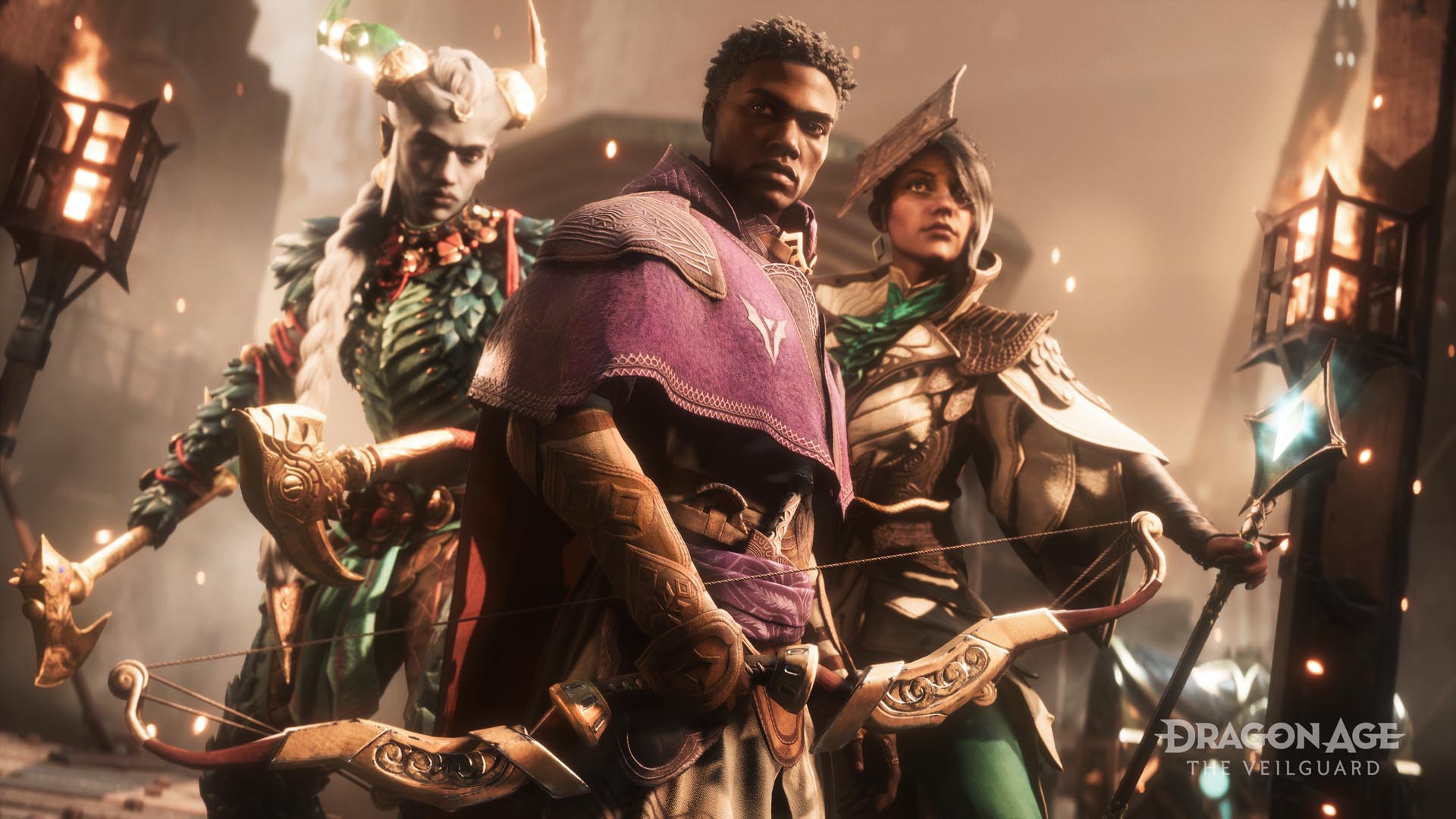
After years of anticipation, fans (including myself) finally got a real, deep look at Dragon Age: The Veilguard’s gameplay in June. And I say “look” intentionally – reporters and influencers stared longingly as one of Bioware’s finest played for nearly a full hour right in front of us, and never once offered to hand over the controller. I’m fine, thanks!
As good as DA:TV looks – and it does look good – fans have been wondering: how does it feel to play, moment-to-moment? At a recent event at EA’s mothership in California, this question was finally answered as I, along with several dozen global content creators and reporters, were able to press Start from the very beginning of the game. Cutting straight to the point: I’m pleased to report that the game plays as good as – or potentially even better – than it looks. It was even enough to have me re-thinking “what class do I want to play as?” when the game launches this Halloween.
More spoiler-free details: We were first given direct access to the expansive character creation tools. Besides aesthetics, there are countless species, lore, and class combinations to pore over, ensuring that players could easily spend hours thinking not only about how their main character, Rook will look, but how they’ll want to play. With limited time to fuss over details, I quickly selected a Dwarven Warrior of the Mourn Watch faction. This lineage granted increased damage vs undead and demons, and – perhaps more importantly – the promise of some really cool armor down the line. My character was also given a backstory which involved being raised by necromancers – certainly a carefree childhood was had!
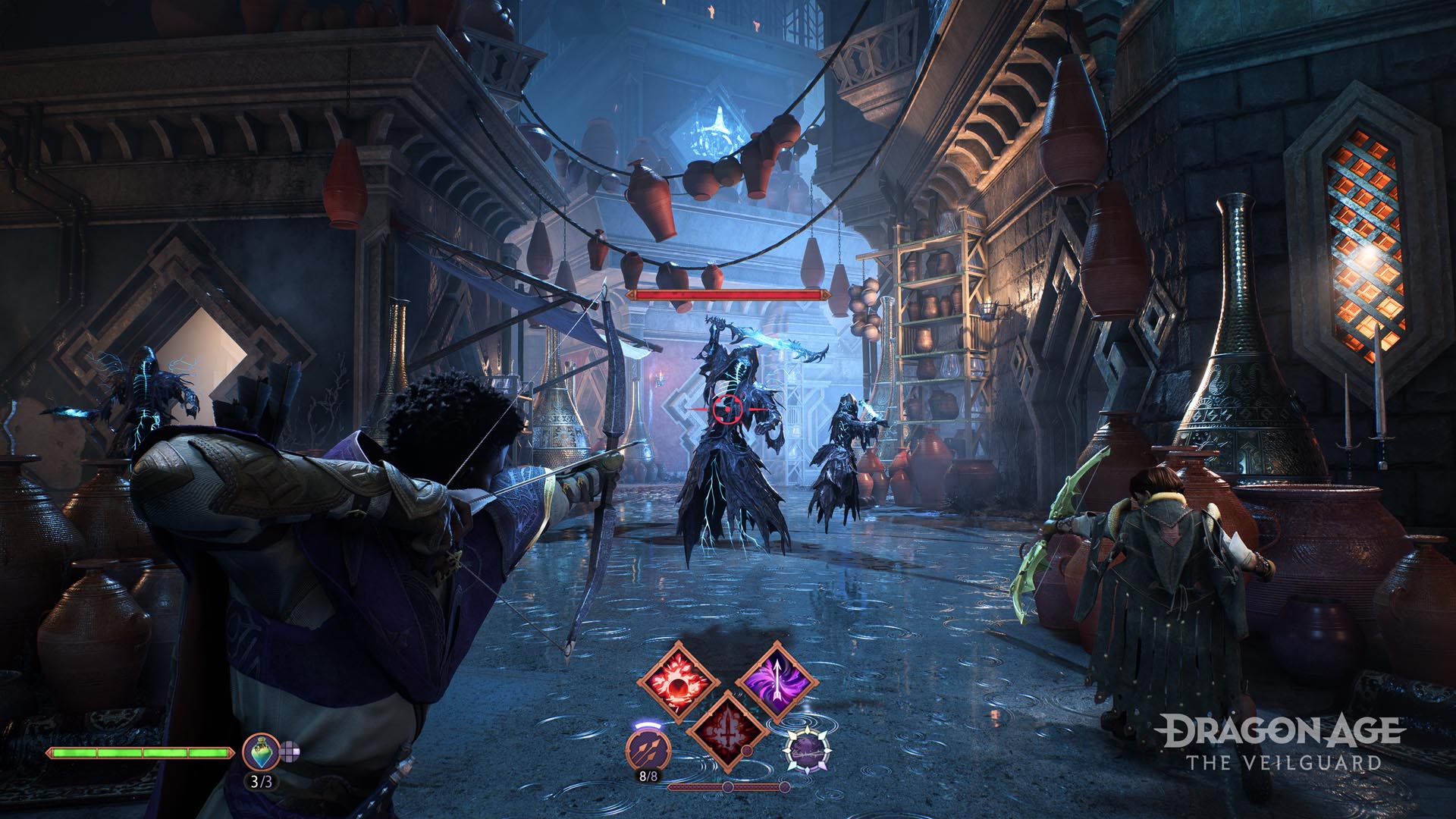
The first playable section was the same as Bioware shared this summer: the magical city of Minrathous, your character aiming to track down Neve Gallus alongside returning faces Harding and series narrator/bon vivant Varric.
When I’m playing DA:TV in the comfort of my own home next month, I expect to lean Mage or Rogue for my Rook, but the sheer joy I experienced in these opening, melee-filled moments have me re-thinking this position. The default Warrior build feels, in a word, satisfying. Players attack in combos by pressing X, and raising a shield with LB. The friendly parry window coupled with reactive animations and a fantastic sound effect makes defending feel almost soulslike. But wait: what if you could throw that shield, like a certain Steve Rogers? Oh, but you can, with a trigger pull, and a gratifyingly quick cooldown.
After leveling up a couple of times, I continued to invest in these powers. An ability called Counterblow allows one to perform a powerful counterattack after a perfect defense. Like throwing that shield? You will, so choose Shield Volley to enable you to keep flinging that thing over and over.
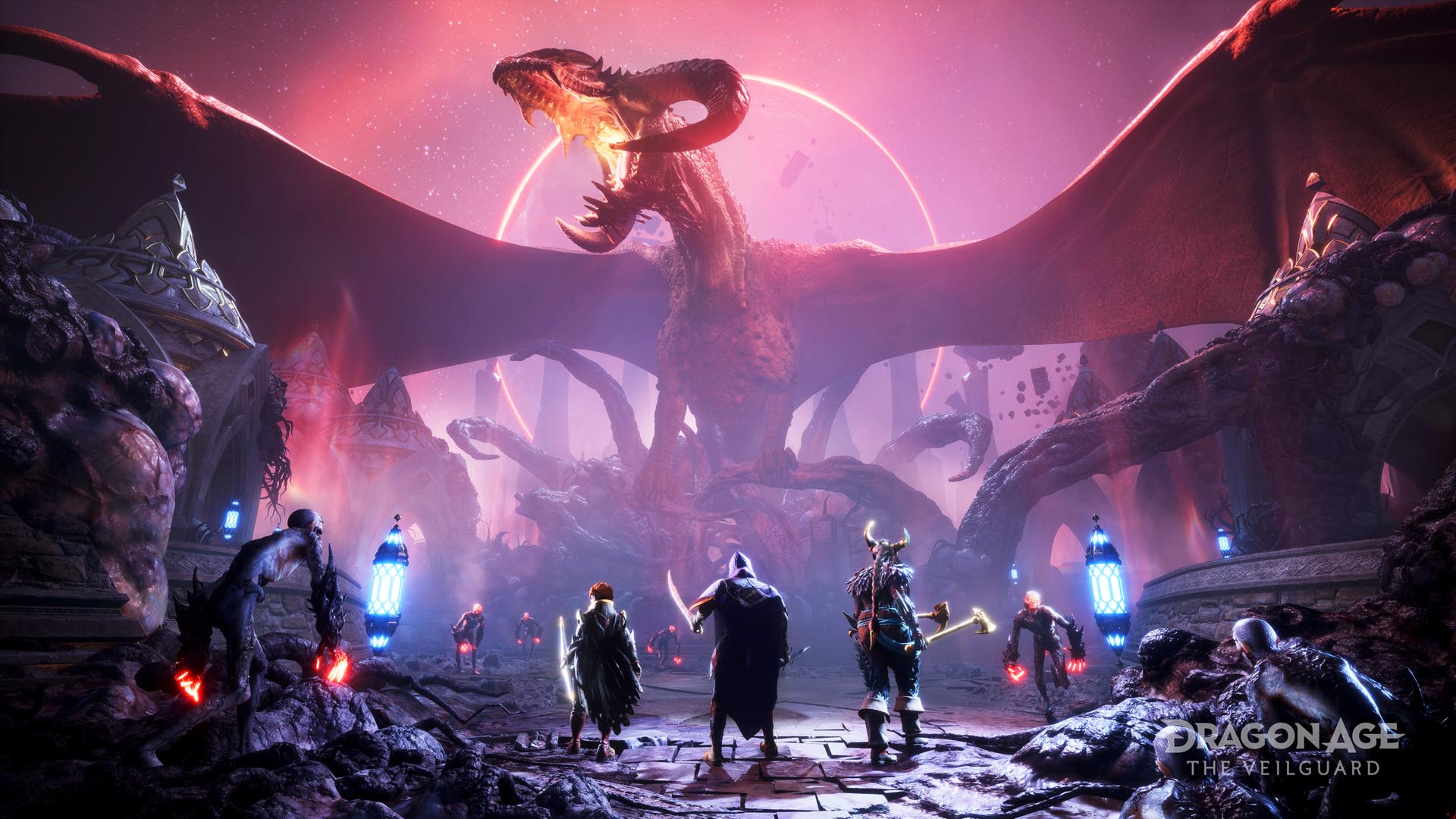
That’s just one way I could have pushed my Rook; players can respec their skill points freely and instantly. Don’t like the ability you unlocked? Swap it out until you find something that plays the way you want to play.
After picking up an upgraded, two-handed “Fade-Touched War Axe”, I experimented with swapping to this heavy weapon at will by tapping down on the D-pad. This thing felt heavy, and made a clear impact on the Darkspawn and Constructs it cleaved into, occasionally sending enemies much larger than my li’l Dwarf off ledges or slamming into walls in a manner I enjoyed immensely.
When facing an ogre for the first time, I unlocked an ultimate ability: for my Dwarf, that meant bashing the ground around the beast in a fit of rage, doing huge damage. At this point I’d now played for close to 3 hours, and the game just kept on layering more and more cool stuff for my Warrior to use.
I played these earlier stages like a full-on action game; focusing on attacking and letting my companions do as they please. That said, you can easily direct them to focus on a particular enemy, or really be micromanage-y and command them which skills to use, and on whom. In more difficult stages, later in the session, that team management took on increased importance.
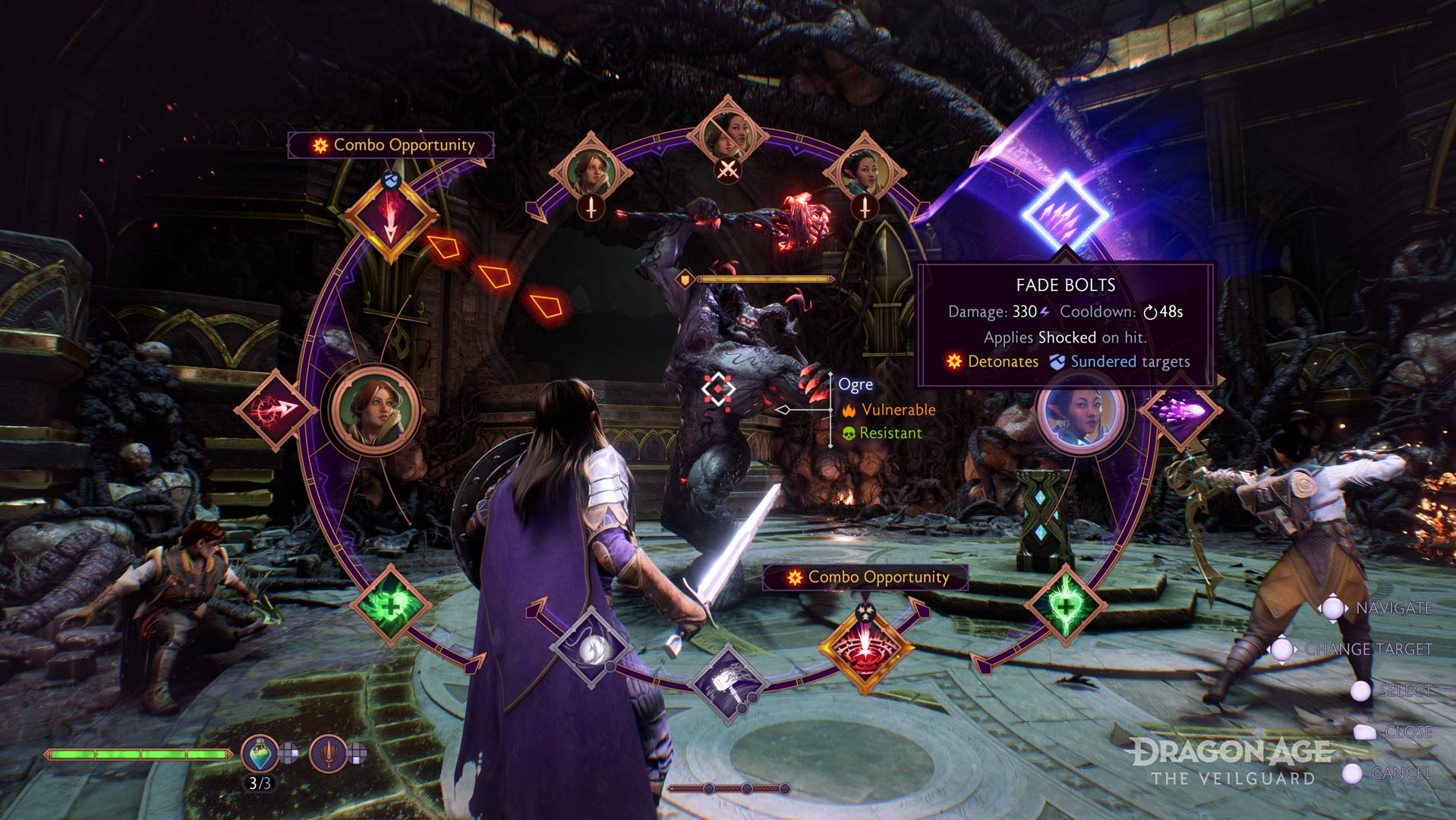
I skipped to later in the game to explore the Crossroads, effectively a world between worlds, utilizing the opportunity to switch things up and try out a Qunari mage. Now teamed up with two new companions, Davrin and Lucanis, I was able to try out some advanced level combo-ing of attacks, setting up enemies with their synergizing abilities to stagger and do huge damage to even huger enemies. I can’t emphasize how different the game plays moment to moment from one class to the next. Finding survivability as a mage challenging, I learned selecting the right combination of companions is key. Trying the fight again with Bellara in my line-up, and her natural healing abilities in tow, staying alive became much easier.
Later on, test driving a rogue, I deftly shifted between ranged and up-close attacks, dropping a Fortune’s Turret at the start of encounters for crowd control as I emptied my quiver into anything that moved. Then I moved in, slashing away with a saber and a rapier, one in each hand, frequently triggering the ability to launch into a finisher by pressing the right stick. Fatalities in my Dragon Age? It’s more likely than you think.
My initial experience with Dragon Age: The Veilguard was filled with thrilling moments, strategic adjustments, and a growing appreciation for the gameplay’s depth and responsiveness. I can’t wait to dive back in and see what other adventures await when it ships this Halloween. I thought the hardest part would be waiting for it to arrive, but ultimately, it may be figuring out how I want to play once it does.
Dragon Age : The Veilguard Deluxe Edition
: The Veilguard Deluxe Edition
Electronic Arts
 : The Veilguard.
SAVE A BATTERED WORLD
Enter Thedas, a vibrant world of rugged wilderness, treacherous labyrinths and glittering cities. The world is teetering on a knife’s edge while corrupt gods unleash havoc across the continent. Nations war and factions splinter. Who will you trust? From the Arlathan Forest to the back alleys of Minrathous, this is a broken world. Your actions will affect the fate of Thedas forever.
UNITE THE VEILGUARD
Unite a team of seven companions, each with rich lives and deep backstories. These are characters to befriend, and even fall in love with. Among them, an assassin, a necromancer, a detective, each and all bringing their own expertise and unique abilities to the fight. You are never alone, decide who to take into battle and together face down demons, dragons and corrupt gods.
BECOME THE LEADER OTHERS BELIEVE IN
Select from different races and combat classes, customize your appearance, choose your character’s backstory and begin your journey as Rook, Dragon Age’s newest hero. The choice is yours. On your adventures, you’ll gain new abilities and discover unique, powerful artifacts to enhance your own combat style. Brace yourself, there are tough decisions to be made, allies to inspire, and a fight that needs every sword, staff and bow you can muster.
WARNING: See important flashing images and other health and safety information at www.ea.com/legal.
*Conditions & restrictions apply. See ea.com/games/dragon-age/dragon-age-Veilguard/disclaimers for details.
: The Veilguard.
SAVE A BATTERED WORLD
Enter Thedas, a vibrant world of rugged wilderness, treacherous labyrinths and glittering cities. The world is teetering on a knife’s edge while corrupt gods unleash havoc across the continent. Nations war and factions splinter. Who will you trust? From the Arlathan Forest to the back alleys of Minrathous, this is a broken world. Your actions will affect the fate of Thedas forever.
UNITE THE VEILGUARD
Unite a team of seven companions, each with rich lives and deep backstories. These are characters to befriend, and even fall in love with. Among them, an assassin, a necromancer, a detective, each and all bringing their own expertise and unique abilities to the fight. You are never alone, decide who to take into battle and together face down demons, dragons and corrupt gods.
BECOME THE LEADER OTHERS BELIEVE IN
Select from different races and combat classes, customize your appearance, choose your character’s backstory and begin your journey as Rook, Dragon Age’s newest hero. The choice is yours. On your adventures, you’ll gain new abilities and discover unique, powerful artifacts to enhance your own combat style. Brace yourself, there are tough decisions to be made, allies to inspire, and a fight that needs every sword, staff and bow you can muster.
WARNING: See important flashing images and other health and safety information at www.ea.com/legal.
*Conditions & restrictions apply. See ea.com/games/dragon-age/dragon-age-Veilguard/disclaimers for details. Dragon Age : The Veilguard
: The Veilguard
Electronic Arts
 : The Veilguard, an immersive single player RPG where you become the leader others believe in.
SAVE A BATTERED WORLD
Enter Thedas, a vibrant world of rugged wilderness, treacherous labyrinths and glittering cities. The world is teetering on a knife’s edge while corrupt gods unleash havoc across the continent. Nations war and factions splinter. Who will you trust? From the Arlathan Forest to the back alleys of Minrathous, this is a broken world. Your actions will affect the fate of Thedas forever.
UNITE THE VEILGUARD
Unite a team of seven companions, each with rich lives and deep backstories. These are characters to befriend, and even fall in love with. Among them, an assassin, a necromancer, a detective, each and all bringing their own expertise and unique abilities to the fight. You are never alone, decide who to take into battle and together face down demons, dragons and corrupt gods.
BECOME THE LEADER OTHERS BELIEVE IN
Select from different races and combat classes, customize your appearance, choose your character’s backstory and begin your journey as Rook, Dragon Age’s newest hero. The choice is yours. On your adventures, you’ll gain new abilities and discover unique, powerful artifacts to enhance your own combat style. Brace yourself, there are tough decisions to be made, allies to inspire, and a fight that needs every sword, staff and bow you can muster.
WARNING: See important flashing images and other health and safety information at www.ea.com/legal.
*Conditions & restrictions apply. See ea.com/games/dragon-age/dragon-age-Veilguard/disclaimers for details.
: The Veilguard, an immersive single player RPG where you become the leader others believe in.
SAVE A BATTERED WORLD
Enter Thedas, a vibrant world of rugged wilderness, treacherous labyrinths and glittering cities. The world is teetering on a knife’s edge while corrupt gods unleash havoc across the continent. Nations war and factions splinter. Who will you trust? From the Arlathan Forest to the back alleys of Minrathous, this is a broken world. Your actions will affect the fate of Thedas forever.
UNITE THE VEILGUARD
Unite a team of seven companions, each with rich lives and deep backstories. These are characters to befriend, and even fall in love with. Among them, an assassin, a necromancer, a detective, each and all bringing their own expertise and unique abilities to the fight. You are never alone, decide who to take into battle and together face down demons, dragons and corrupt gods.
BECOME THE LEADER OTHERS BELIEVE IN
Select from different races and combat classes, customize your appearance, choose your character’s backstory and begin your journey as Rook, Dragon Age’s newest hero. The choice is yours. On your adventures, you’ll gain new abilities and discover unique, powerful artifacts to enhance your own combat style. Brace yourself, there are tough decisions to be made, allies to inspire, and a fight that needs every sword, staff and bow you can muster.
WARNING: See important flashing images and other health and safety information at www.ea.com/legal.
*Conditions & restrictions apply. See ea.com/games/dragon-age/dragon-age-Veilguard/disclaimers for details. The post We’ve Seen How Dragon Age: The Veilguard Looks – Here’s How It Plays appeared first on Xbox Wire.
















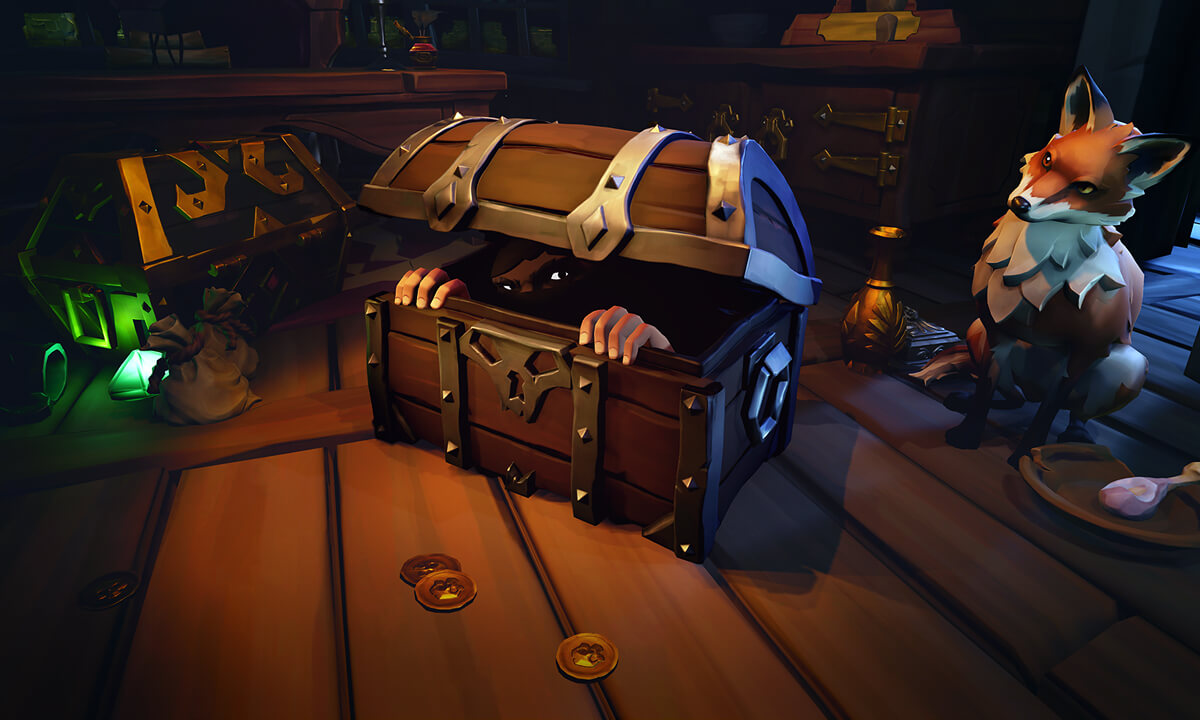
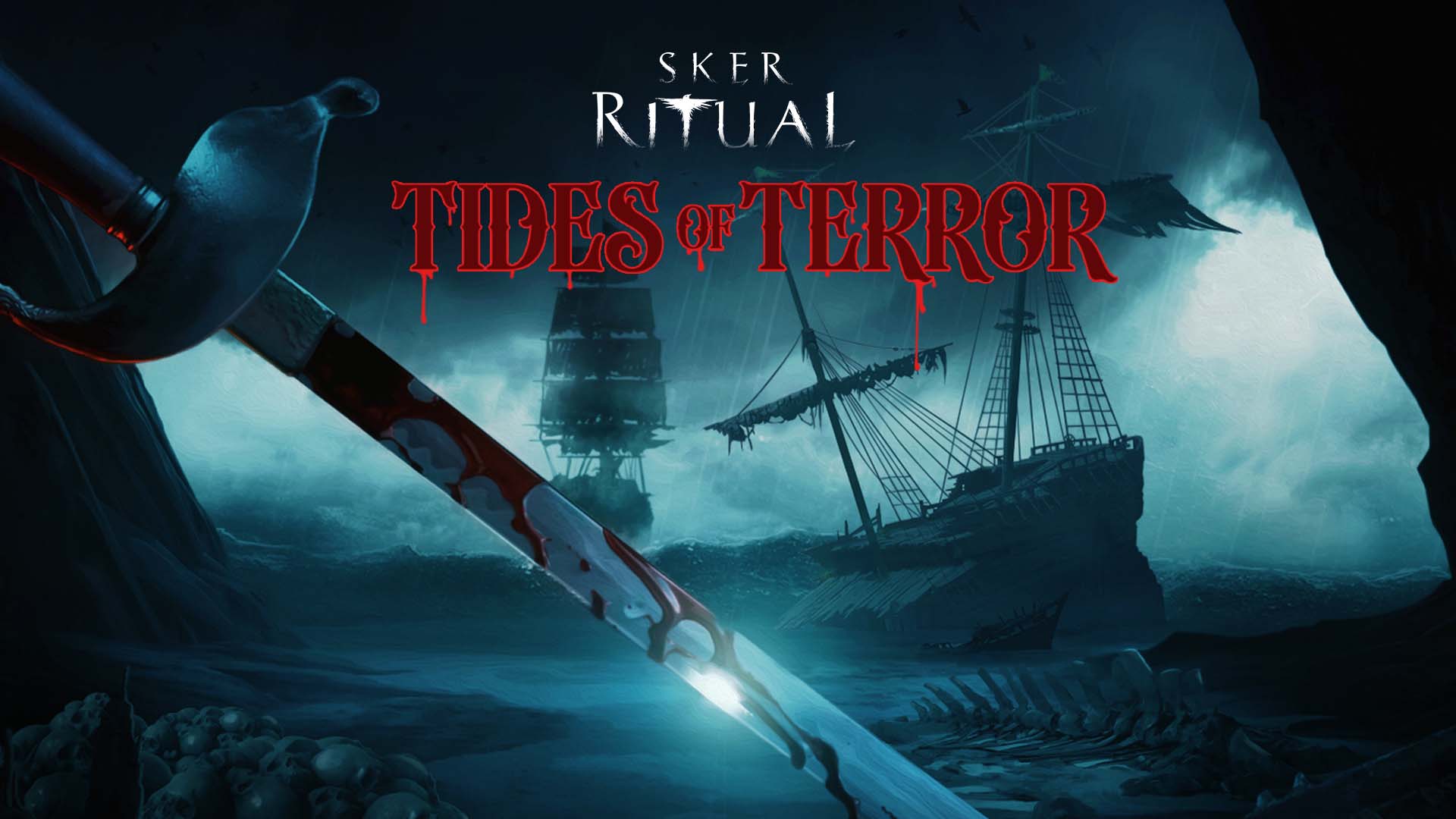
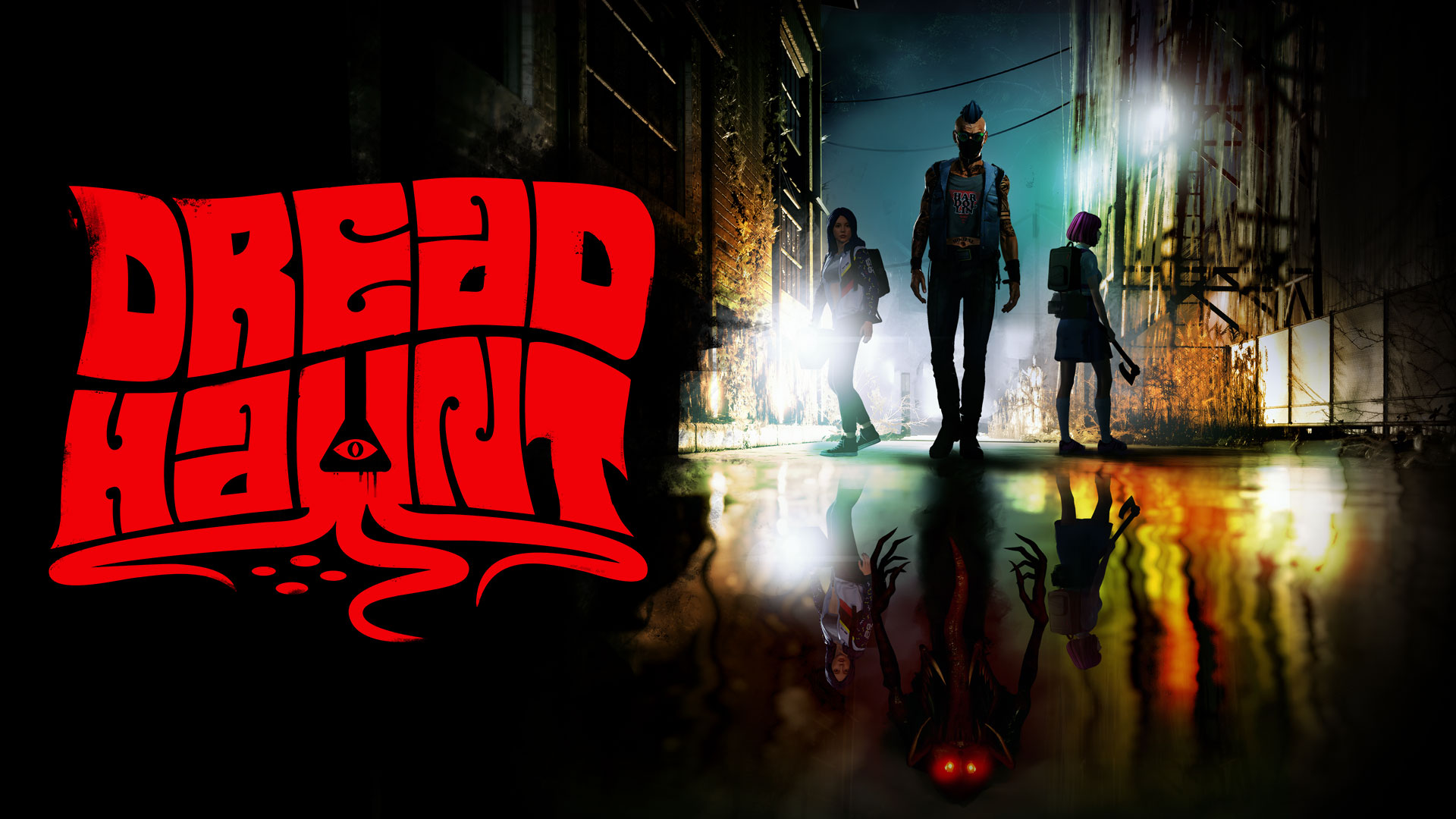







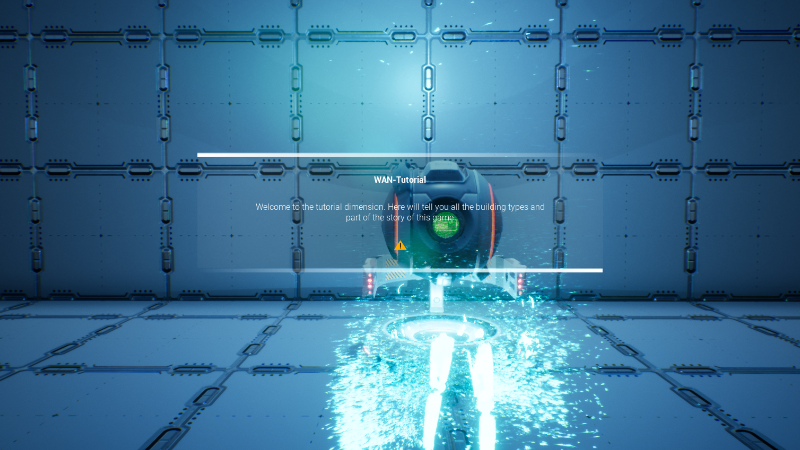
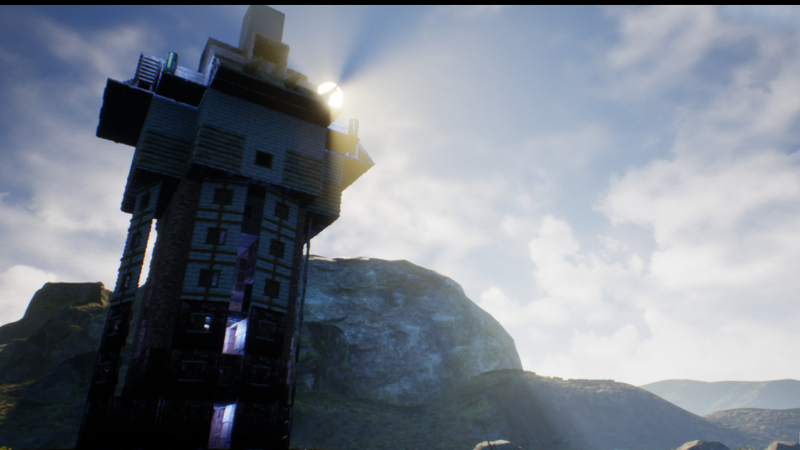


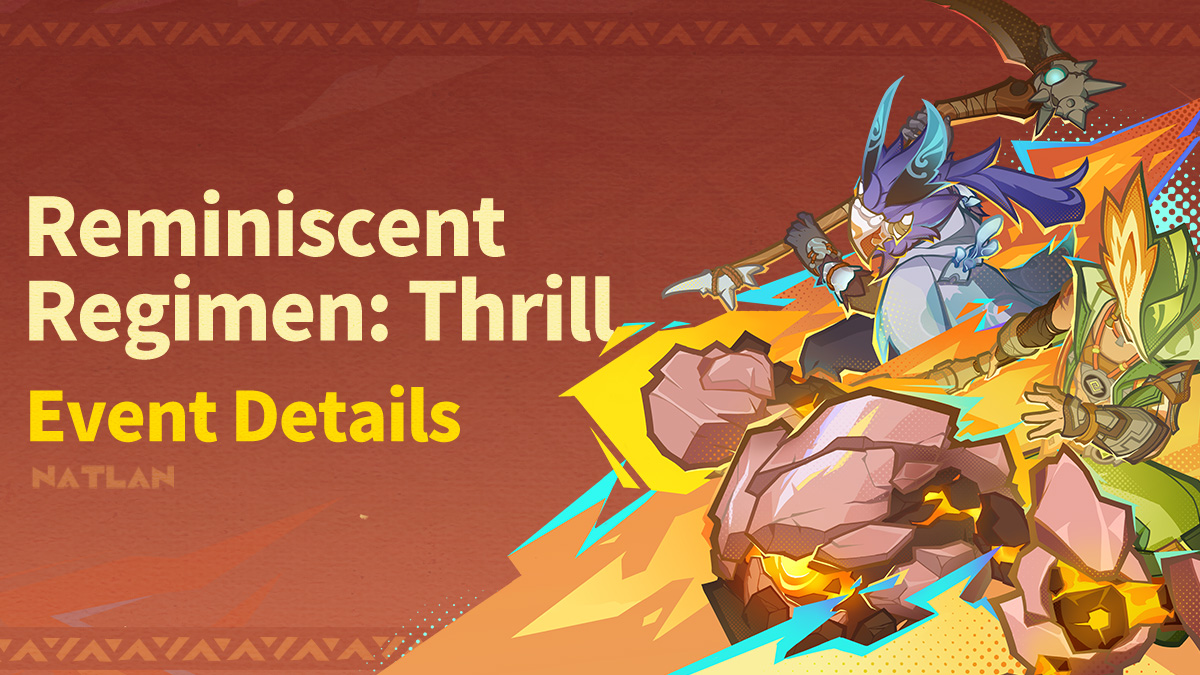
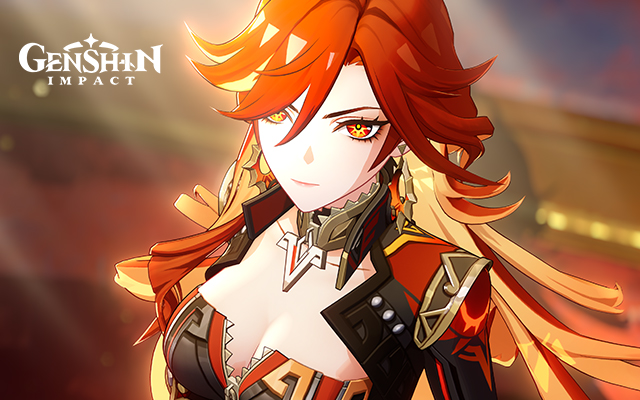

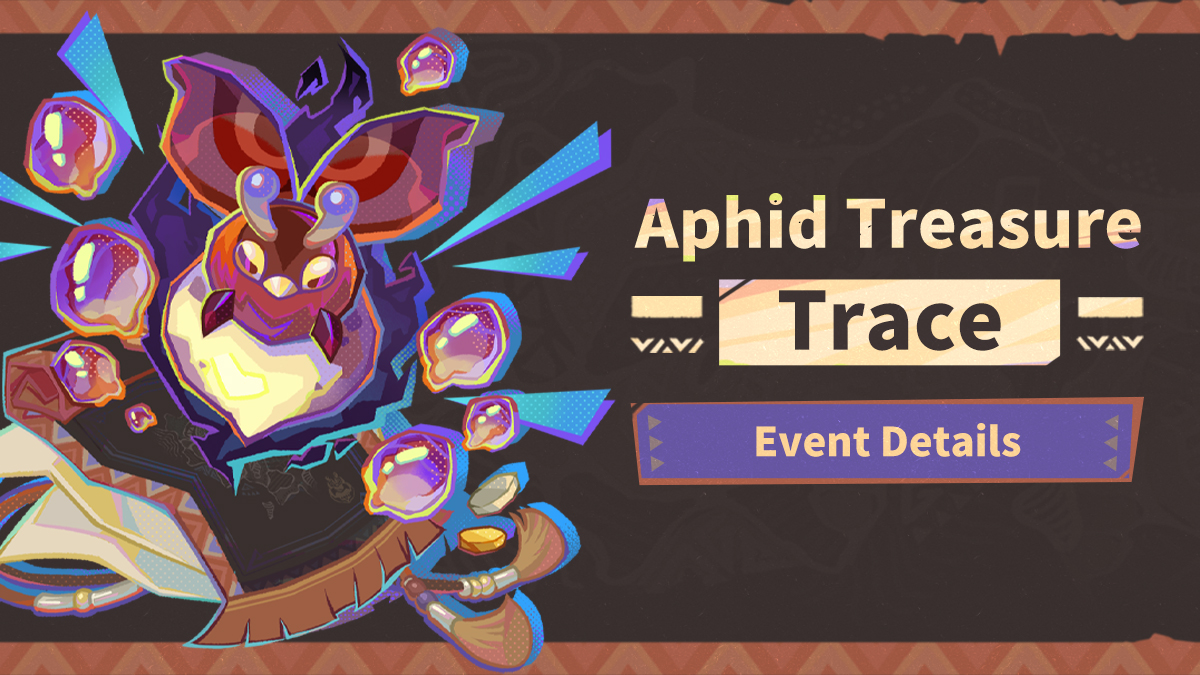

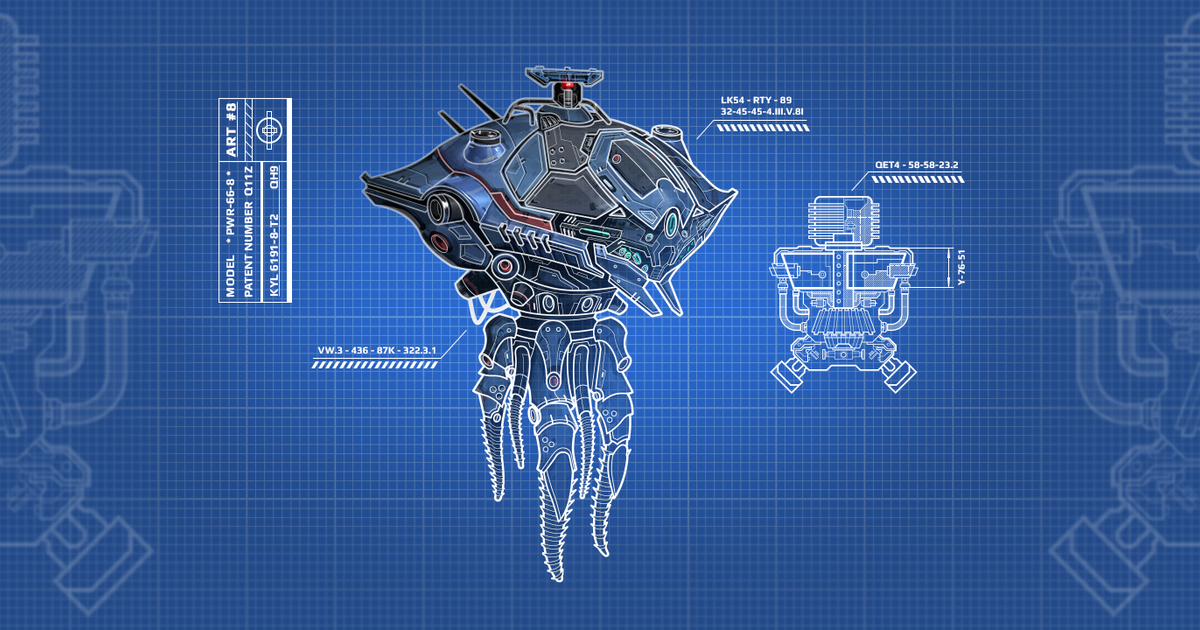
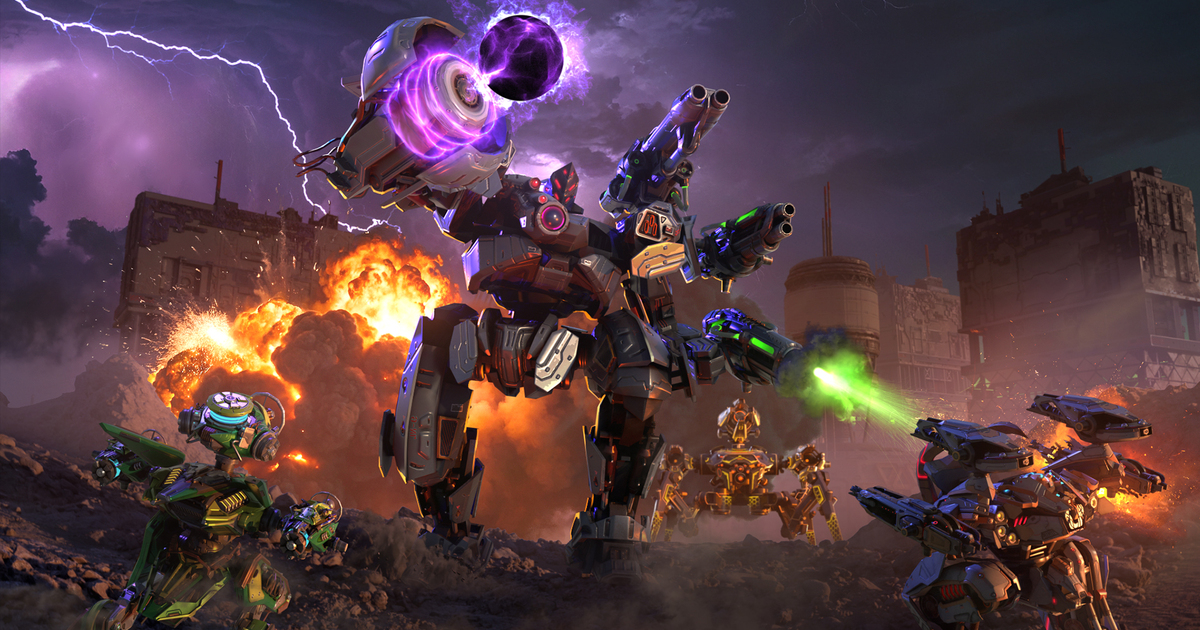









![[Business Talk] How YH Living LTD Tailored Business Solutions Powered by Smart Technology](https://i.scdn.co/image/ab6765630000ba8a5782a039d18af0d958cadc87?#)
![[Business Talk] Elon Musk](https://i.scdn.co/image/ab6765630000ba8ac91eb094519def31d2b67898?#)
![[Business Talk] BYD's Hiring Standards: A Reflection of China's Competitive Job Market](https://i.scdn.co/image/ab6765630000ba8a1a1e0af3aefae3a685793e7c?#)
![[PRO Tips] What is ESG? How is it different from CSR and SDGs? 3 keywords that companies and investors should know](https://i.scdn.co/image/ab6765630000ba8a76dbe129993a62e85226c2b4?#)

